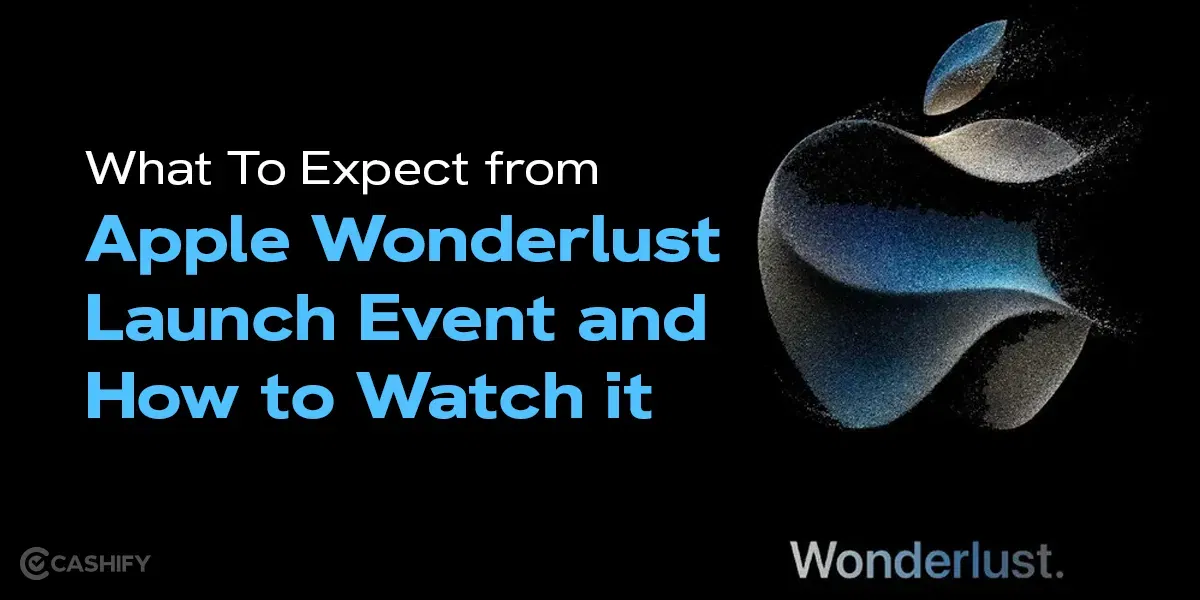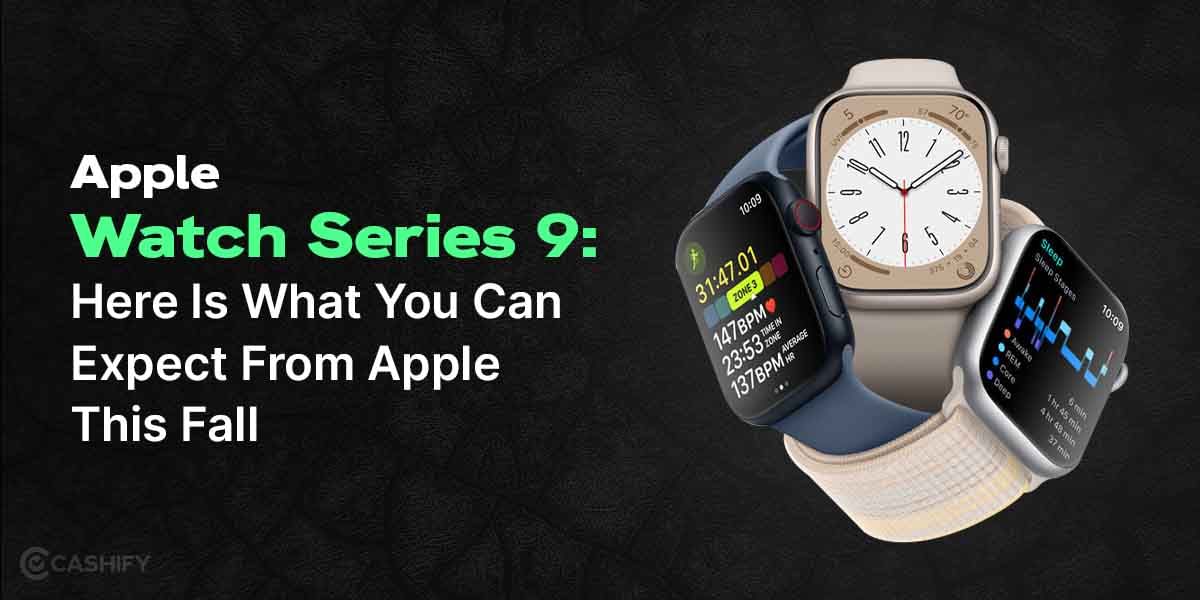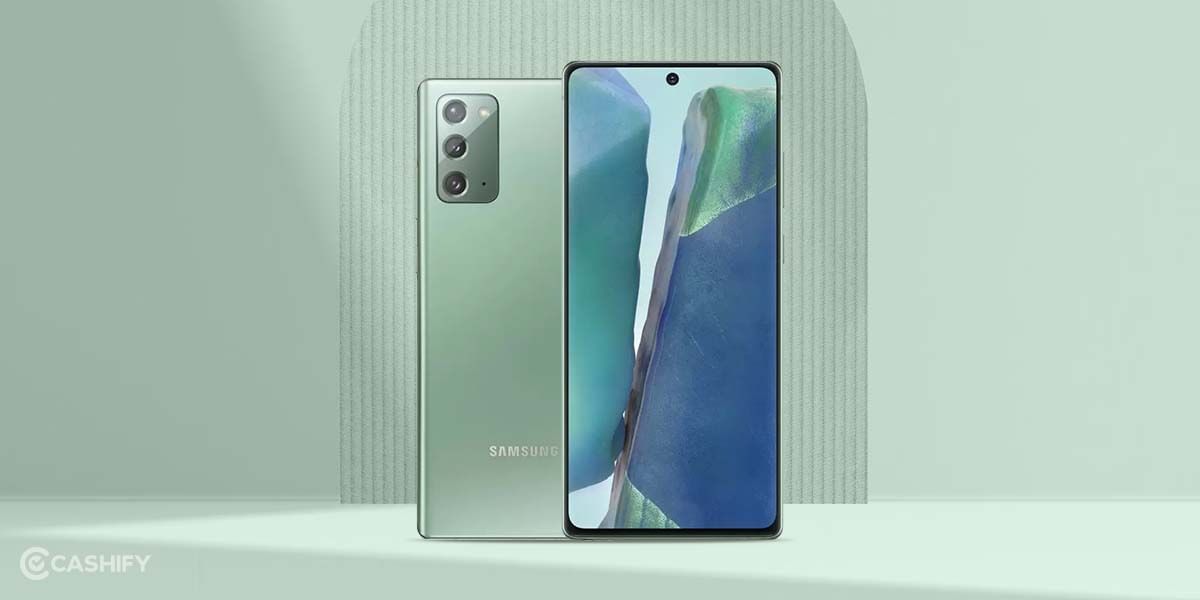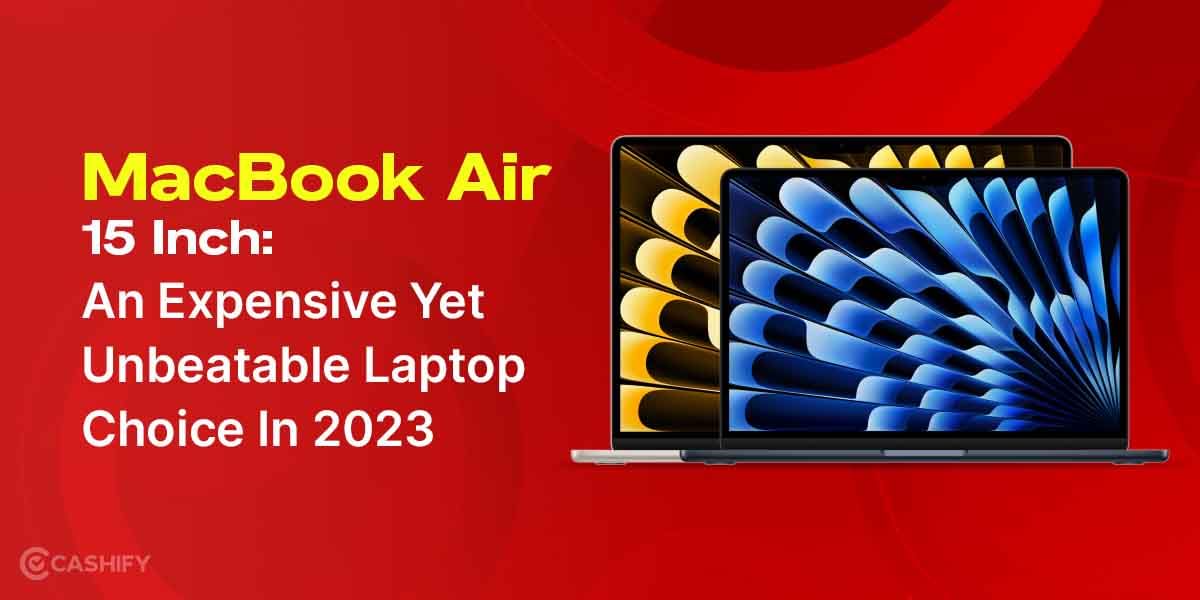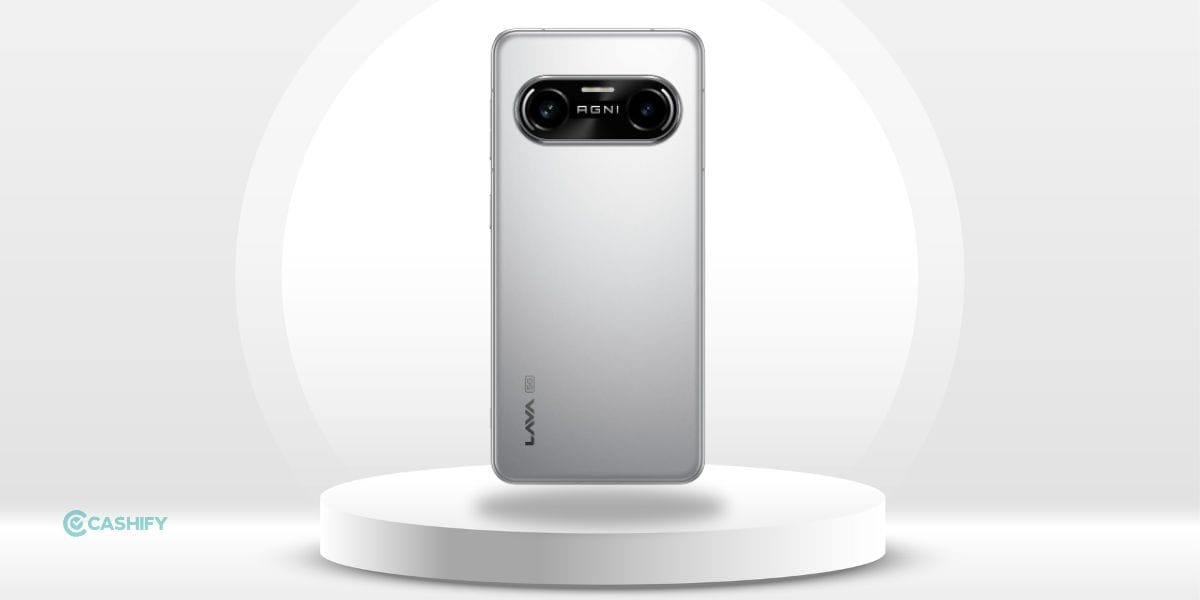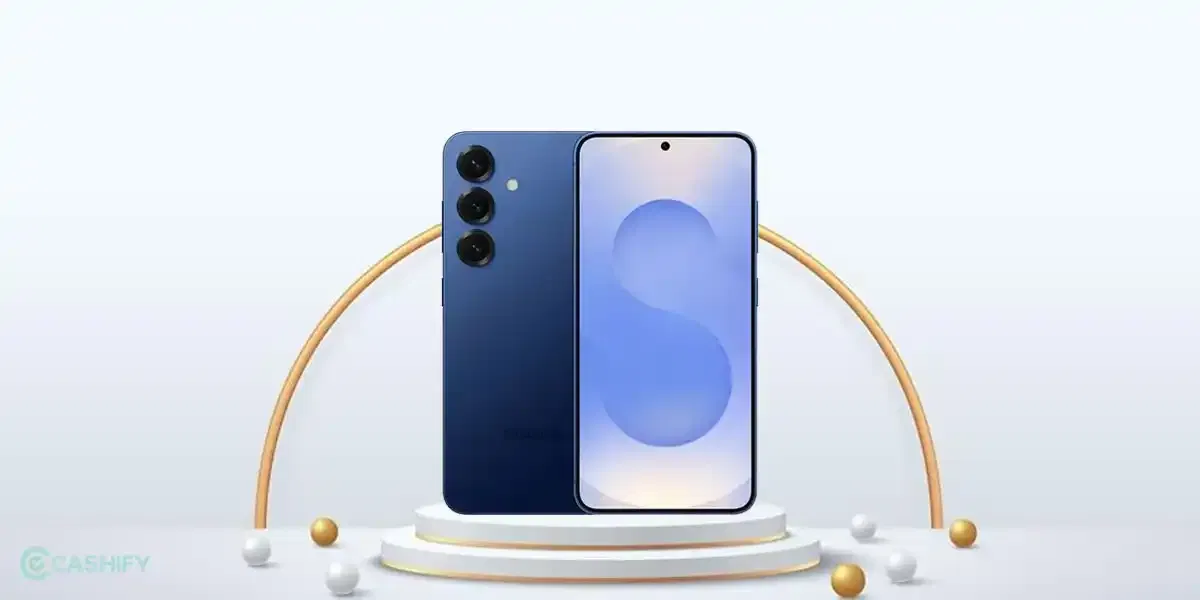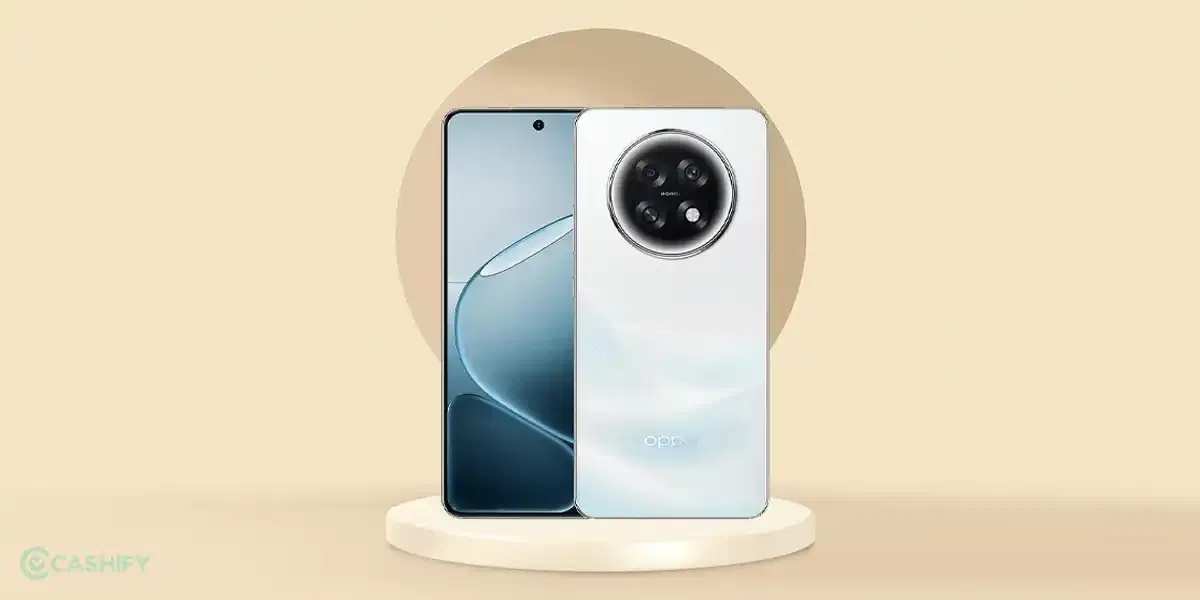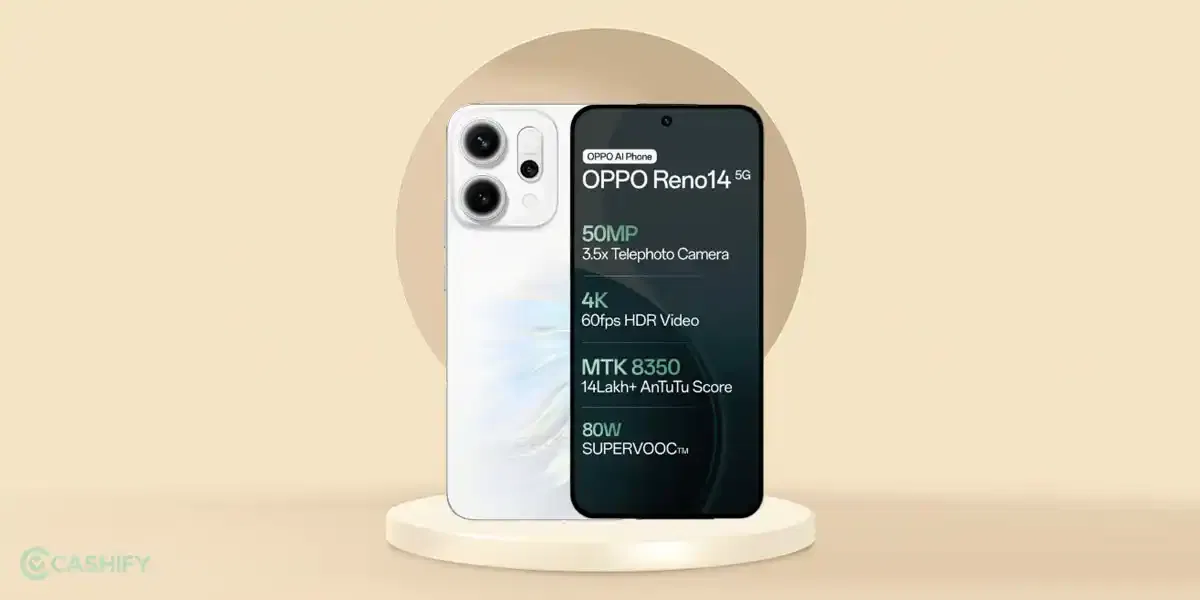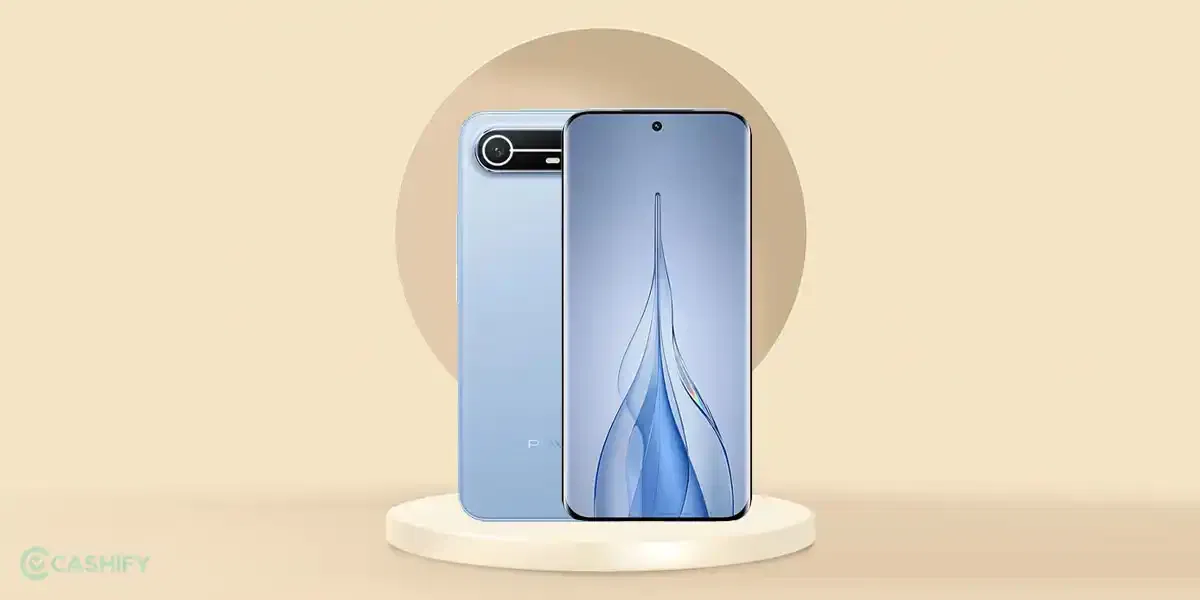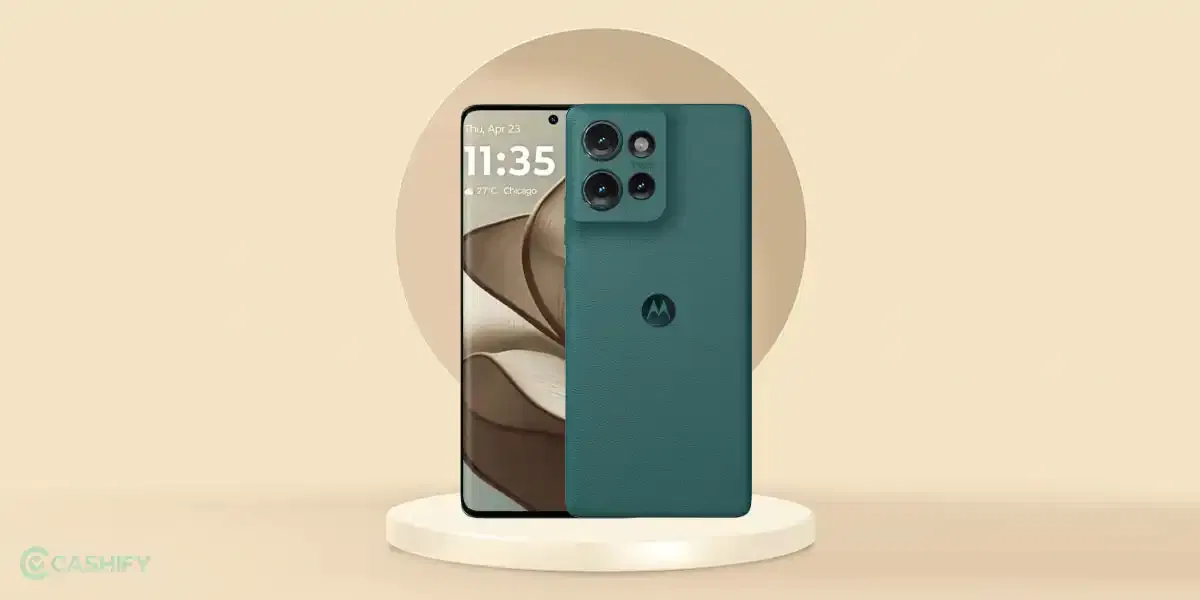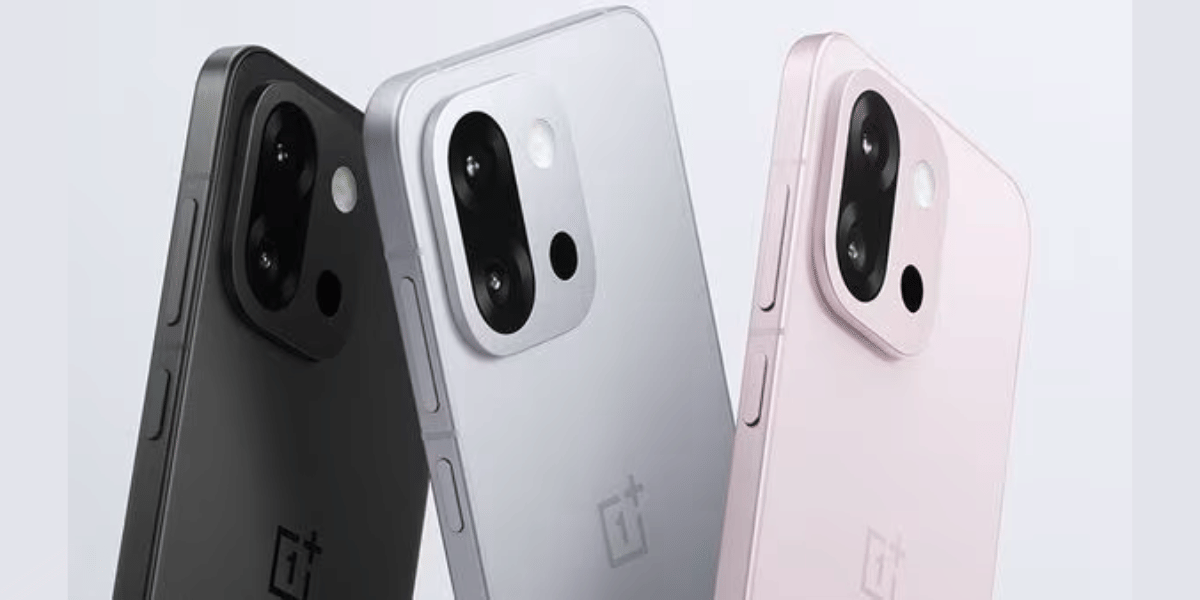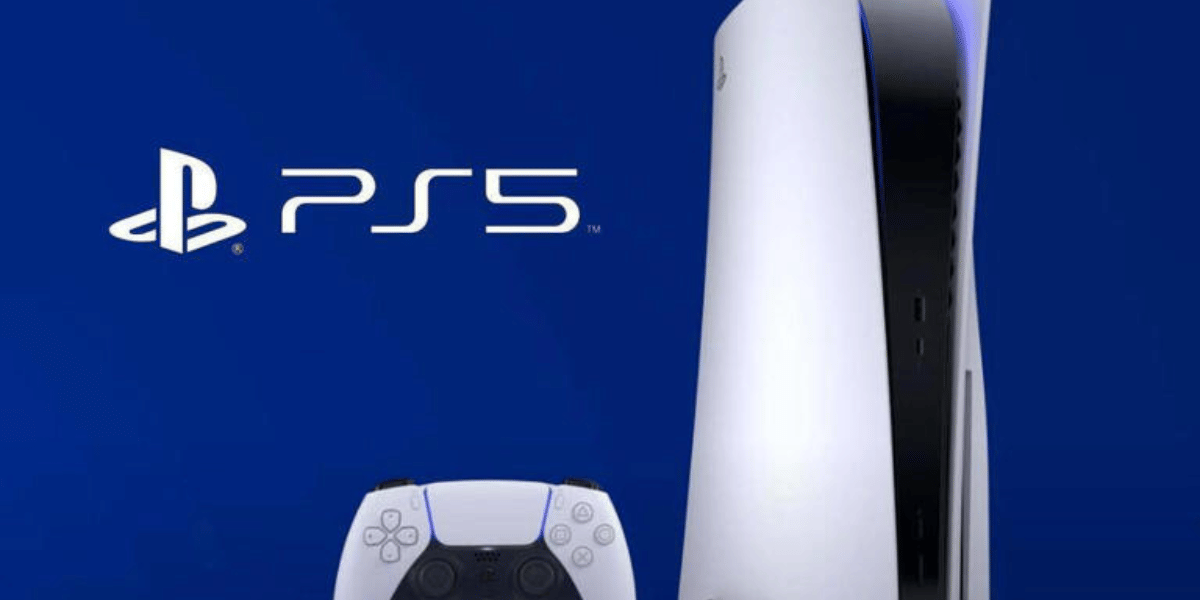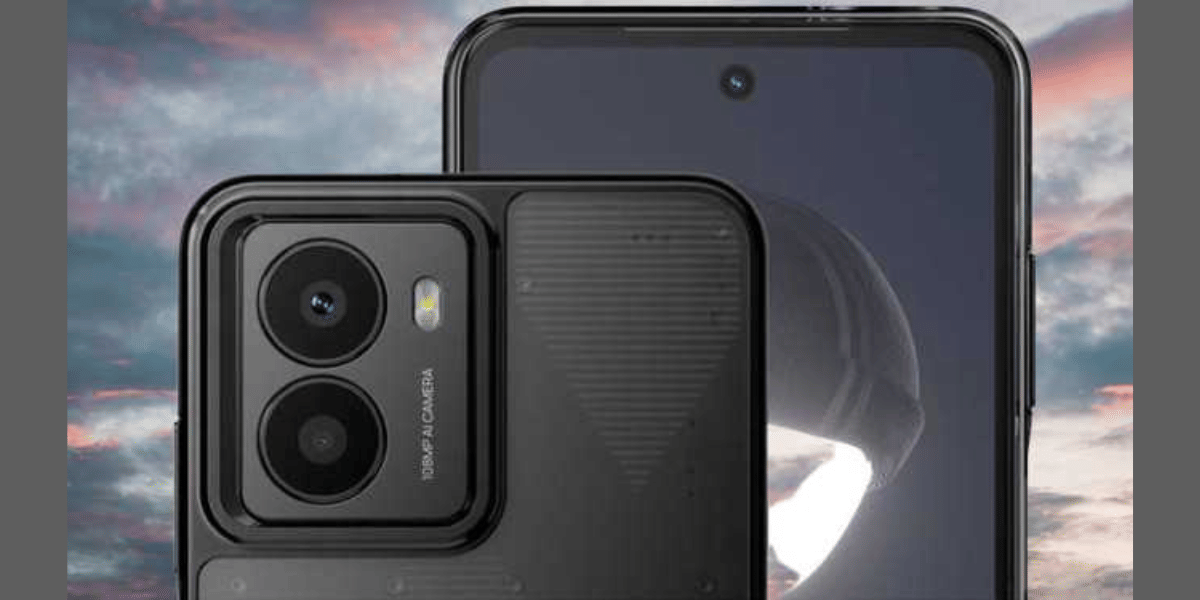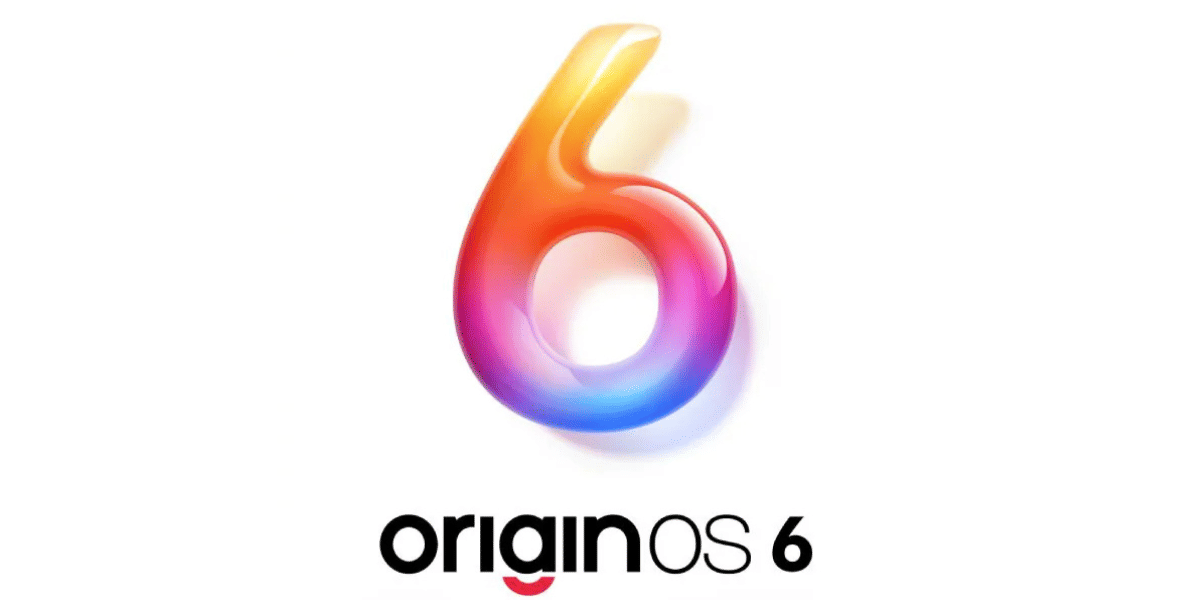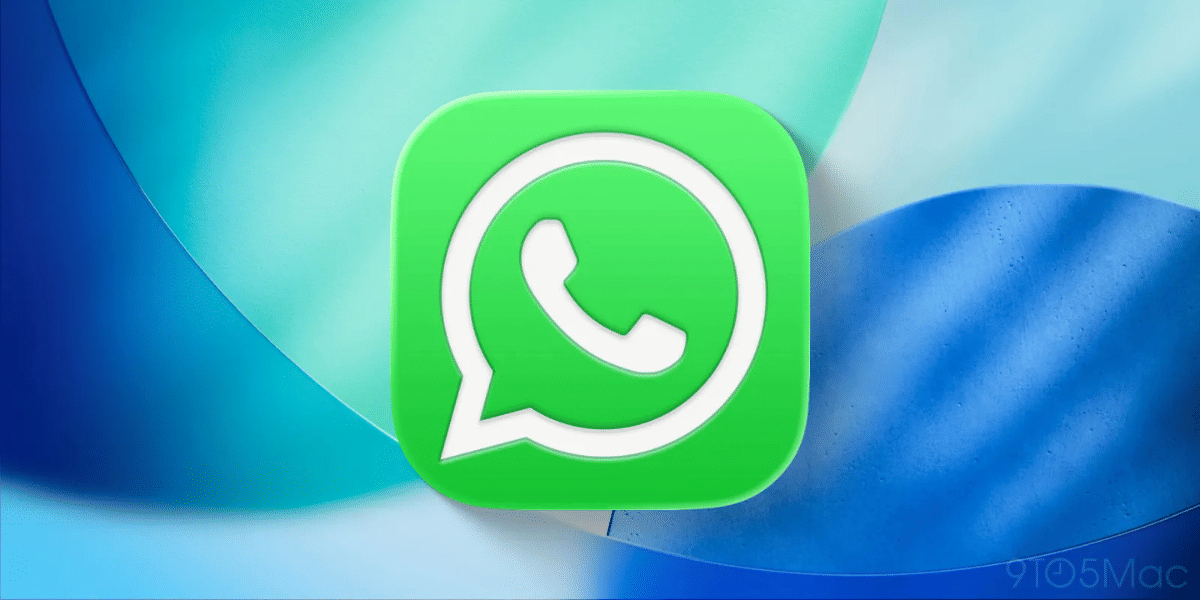Running low on space on your computer? Old iPhone backups could be one of the reasons. Over time, syncing your iPhone with your Mac or Windows PC through Finder or iTunes may have created backup files that remain stored on your system. While these backups are useful in certain situations, older ones can become unnecessary and take up valuable space. In this guide, we’ll explain how to delete iPhone backups on Mac and Windows. Whether you’re using Finder on macOS or iTunes on Windows, we’ll walk you through each step.
Also Read: How To Take A Backup Of Your Apple iPhone
What Exactly Is an iPhone Backup?
An iPhone backup is a saved copy of everything on your device, including your settings, messages, photos, apps, and more. Apple offers two main types of backups:
- iCloud Backup: Stored online in Apple’s cloud. These don’t take up space on your computer.
- Local Backup: Stored on your Mac or Windows computer when you connect your iPhone via cable and sync using Finder or iTunes.
These local backups can be large. And unless you manage them, they can pile up over the years.
Also Read: How To Create Whatsapp Backup On iPhone And Android: Easy Guide!
How to Delete iPhone Backups on Mac
If you’re a Mac user, the way you delete backups depends on your version of macOS. Apple replaced iTunes with Finder in macOS Catalina and beyond. Let’s cover both options.
Using Finder (macOS Catalina and Later)
Here’s how you can remove backups through Finder:
- Connect your iPhone to your Mac using a USB cable.
- Open Finder. You’ll see your iPhone listed in the left sidebar under “Locations.”
- Click your iPhone’s name.
- In the main window, go to the General tab.
- Click the button that says “Manage Backups…”
- You’ll now see a list of local backups stored on your Mac.
- Select the one(s) you no longer need, and click “Delete Backup”.
- Confirm the deletion.
It’s the easiest and safest method. Plus, you get to see the date of each backup, which helps you avoid deleting anything you might still need.
Also read: Here’s How You Can Get Temporary iCloud Storage When You Move to New iPhone For Smooth Transition
Using iTunes (macOS Mojave and Earlier)
If your Mac is older and still using iTunes, don’t worry, you can still delete old backups easily.
- Open iTunes.
- Click on iTunes in the menu bar > choose Preferences.
- Go to the Devices tab.
- You’ll see a list of all stored backups.
- Hover over a backup to see more details like date and device name.
- Select the one you want to delete, then click “Delete Backup”.
- Confirm your choice.
Even if you don’t use iTunes anymore, the backups it created could still be sitting on your Mac taking up storage.
Also Read: How to Securely Transfer Data and Personal Information Before Selling Phone
Manually Deleting Backup Files (Advanced Option)
This method is more hands-on, and only recommended if you’re comfortable navigating folders. Follow these steps:
- Open Finder.
- In the menu bar, click Go > Go to Folder…
- Paste this path “~/Library/Application Support/MobileSync/Backup/”
- Press Enter.
- You’ll see folders with long strings of letters and numbers. Each one is a backup.
- You can delete any of these folders, but be careful. Once deleted, they’re gone for good.
Only use this method if you’re sure what you’re deleting. There’s no “undo” once you empty the trash.
Also: How To Transfer Contacts From iPhone To iPhone
How to Delete iPhone Backups on Windows
If you’re on Windows and use iTunes to manage your iPhone, your backups are stored locally. Let’s walk through both the safe and manual methods to remove them.
Using iTunes on Windows
Using iTunes on Windows, you can delete the iPhone backup by following these steps:
- Open iTunes.
- Click Edit > Preferences.
- Go to the Devices tab.
- You’ll see all stored iPhone backups here.
- Select the one(s) you want to delete.
- Click Delete Backup, then confirm.
Hover over each backup to see details like the date and the device it belongs to. This helps avoid deleting something by mistake.
Also Read: Best Free Platforms To Generate Ghibli Style AI Image!
Manually Deleting Backup Files on Windows
Sometimes, especially if iTunes isn’t working properly or you just want to dig into the files, you can delete backups manually.
- Open File Explorer.
- Navigate to “C:\Users\[YourUsername]\AppData\Roaming\Apple Computer\MobileSync\Backup\”
- Don’t see AppData? You might need to enable hidden folders. Go to the View tab > check Hidden items.
- Inside the Backup folder, you’ll see folders with long names. Each represents a separate iPhone backup.
- Delete the ones you no longer need.
Again, be careful. Deleting these files means the backup is permanently gone. Only delete if you’re 100% sure.
Also Read: Apple iPhone 17 Series: Price, Launch Date, And Upgrades!
Why You Should Clean Up Old Backups
Here are a few reasons why deleting iPhone backups on Mac or Windows is worth your time:
- Free up storage space: Backups can be several GBs in size. Removing them can free up space instantly.
- Avoid clutter: You don’t need backups of iPhones you no longer use.
- Better organization: Keeping only recent and relevant backups helps during device restoration.
Before You Hit Delete: Some Quick Tips
Before you proceed with deleting iPhone backups on Mac or Windows, it’s important to take a moment and review a few key points. This helps ensure you don’t remove something valuable by mistake.
Double-Check Backup Dates
Always verify the date of each backup before deleting it. This helps you avoid accidentally removing a recent or important backup that you might still need.
Don’t Delete Your Only Backup
If the backup you’re planning to delete is the only one available, either on your computer or iCloud, consider keeping it. Deleting it without another copy could leave you without a recovery option if something goes wrong.
Keep at Least One Recent Backup
It’s a good practice to retain the most recent backup of your iPhone. In case you lose access to your device or need to restore it, having an up-to-date backup can save time and prevent data loss.
Also Read: Super-Fast Charging Phones in 2025: 0 to 100 Under 30mins!
Wrapping Up
Old iPhone backups can take up a significant amount of space on your computer over time. If you’re using a Mac or Windows PC, removing these backups is a simple process and safe to do, as long as you’re cautious.
Just make sure to follow the correct steps for your system, check the backup dates carefully, and then delete the ones you no longer need. It’s an easy way to free up valuable storage in just a few minutes.
If you’ve just bought a new phone and don’t know what to do with your old phone, then here’s your answer. Sell old mobile to Cashify and get the best price for it. If you are planning to buy a new phone, check out Cashify’s refurbished mobile phones. You can get your favourite phone at almost half price with six-month warranty, 15 days refund and free delivery.
FAQs
Will deleting a backup delete data from my iPhone?
No. Deleting a backup from your computer does not delete anything from your actual iPhone. It only removes the stored copy on your computer.
Do I need backups if I already use iCloud?
If you regularly back up your iPhone to iCloud, you might not need a local backup. However, having one extra copy never hurts, especially if your iCloud storage is full.
Why is my backup so big?
Backups can include messages, photos, app data, and settings. If you have lots of media or app content, your backup size will be larger.
Can I move iPhone backups to an external drive?
Yes! You can move the backup folder to an external drive and create a symbolic link (symlink) so iTunes/Finder knows where to find it. But this process is more advanced.






